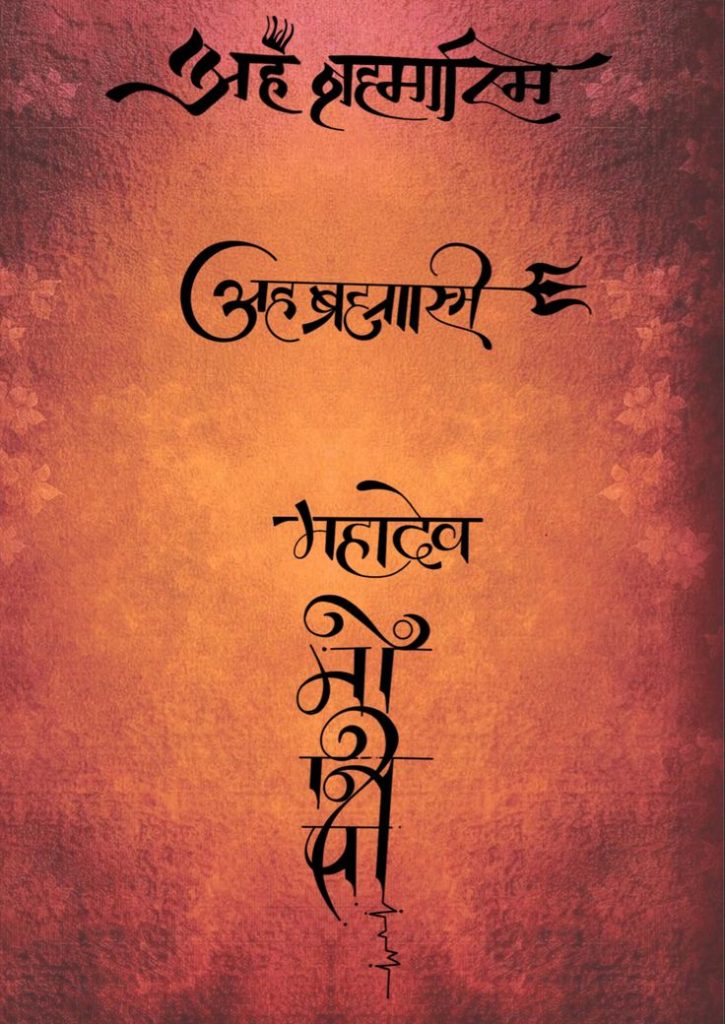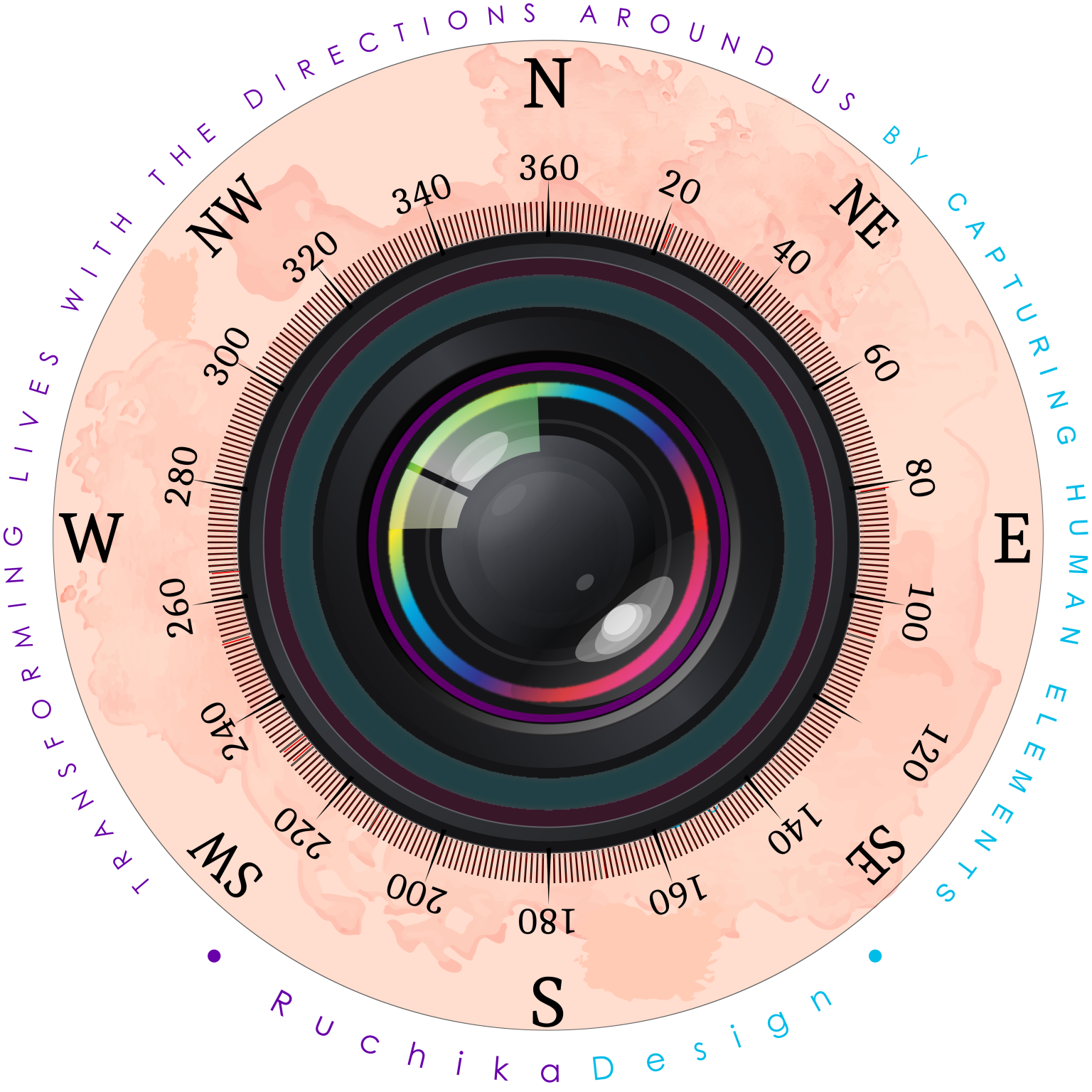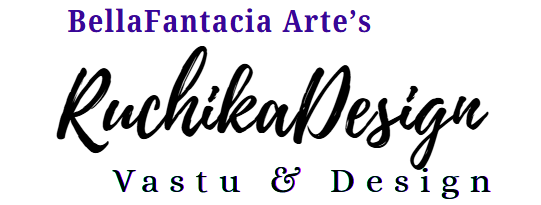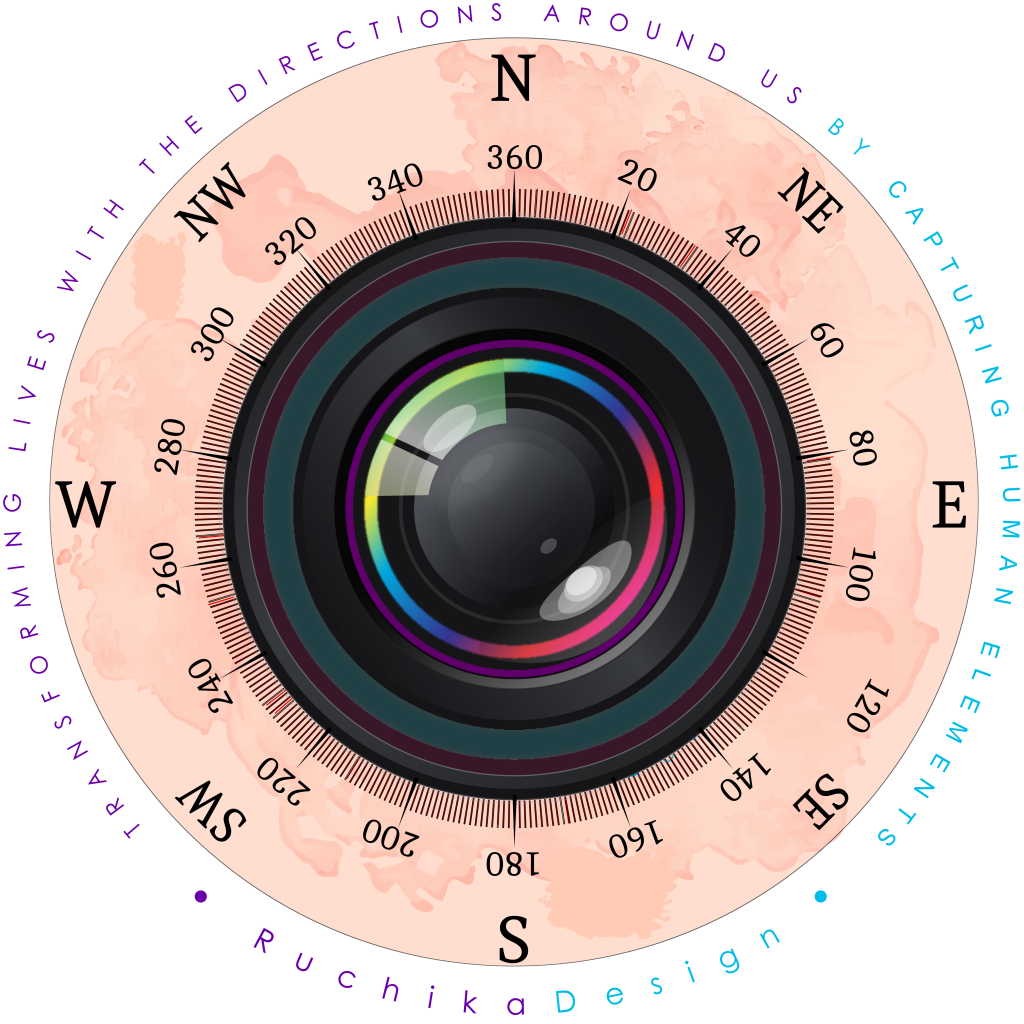
Day 7 – Ruchika’s Mantra – Divine
Post by : Ruchika
Post date : 15/04/2025
To implement the Divine in life is to move through each moment with awareness, reverence, and alignment. It is not a destination—it is a daily practice.
In the Vastu way, the Divine is not separate from us. It lives in the elements—the air we breathe, the light that guides us, the earth we walk upon. To live divinely is to:
-
Honor your space – because your surroundings reflect your soul.
-
Listen inward – because intuition is your compass.
-
Act with integrity – because truth is the vibration of the Divine.
-
Flow with nature – because synchronicity is Divine design.
Implementing the Divine means recognizing that every thought, word, and action carries energy—and choosing to align that energy with purpose, peace, and presence.
Today, just pause.
No tasks, no to-do lists—just be.
Take a moment to sit quietly. Breathe. Notice how you feel.
When we connect with ourselves, we connect with the Divine.
This quiet moment is where real balance begins—where our inner self meets the rhythm of the universe.
Let today be about being present.
Because when we are present, we feel our true self.
And in that truth, we find the Divine.
In the Vedas:
-
Rigveda (1.164.46) –
“Ekam Sat Vipra Bahudha Vadanti”
“Truth is One, the wise call it by many names.”
This verse beautifully reflects the Divine as being one, though perceived in many forms—Agni, Indra, Varuna, etc. -
Purusha Sukta – Rigveda (10.90) –
Describes the Purusha, the cosmic being or universal Divine Self, from whom all creation emerges.
“Sahasraśīrṣā puruṣaḥ sahasrākṣaḥ sahasrapāt”
“The Purusha has a thousand heads, a thousand eyes, and a thousand feet…”
A poetic way to express the all-pervading nature of the Divine.
In the Upanishads:
-
Brahman (ब्रह्म) –
The ultimate, formless, infinite Divine Reality.
“Sarvam Khalvidam Brahma” – Chandogya Upanishad (3.14.1)
“All this is indeed Brahman.”
This means that everything we see and experience is an expression of the Divine. -
Atman and Brahman Unity –
The Divine is not separate from us.
“Aham Brahmasmi” – Brihadaranyaka Upanishad (1.4.10)
“I am Brahman.”
This affirms that the Divine resides within us. -
Tattvamasi (तत् त्वम् असि) –
Chandogya Upanishad (6.8.7)
“You are That.”
It teaches that the self (Atman) is one with the Divine (Brahman)
Day 7 – Ruchika’s Mantra – Divine
Post by : Ruchika
Post date : 15/04/2025
To implement the Divine in life is to move through each moment with awareness, reverence, and alignment. It is not a destination—it is a daily practice.
In the Vastu way, the Divine is not separate from us. It lives in the elements—the air we breathe, the light that guides us, the earth we walk upon. To live divinely is to:
-
Honor your space – because your surroundings reflect your soul.
-
Listen inward – because intuition is your compass.
-
Act with integrity – because truth is the vibration of the Divine.
-
Flow with nature – because synchronicity is Divine design.
Implementing the Divine means recognizing that every thought, word, and action carries energy—and choosing to align that energy with purpose, peace, and presence.
Today, just pause.
No tasks, no to-do lists—just be.
Take a moment to sit quietly. Breathe. Notice how you feel.
When we connect with ourselves, we connect with the Divine.
This quiet moment is where real balance begins—where our inner self meets the rhythm of the universe.
Let today be about being present.
Because when we are present, we feel our true self.
And in that truth, we find the Divine.
In the Vedas:
-
Rigveda (1.164.46) –
“Ekam Sat Vipra Bahudha Vadanti”
“Truth is One, the wise call it by many names.”
This verse beautifully reflects the Divine as being one, though perceived in many forms—Agni, Indra, Varuna, etc. -
Purusha Sukta – Rigveda (10.90) –
Describes the Purusha, the cosmic being or universal Divine Self, from whom all creation emerges.
“Sahasraśīrṣā puruṣaḥ sahasrākṣaḥ sahasrapāt”
“The Purusha has a thousand heads, a thousand eyes, and a thousand feet…”
A poetic way to express the all-pervading nature of the Divine.
In the Upanishads:
-
Brahman (ब्रह्म) –
The ultimate, formless, infinite Divine Reality.
“Sarvam Khalvidam Brahma” – Chandogya Upanishad (3.14.1)
“All this is indeed Brahman.”
This means that everything we see and experience is an expression of the Divine. -
Atman and Brahman Unity –
The Divine is not separate from us.
“Aham Brahmasmi” – Brihadaranyaka Upanishad (1.4.10)
“I am Brahman.”
This affirms that the Divine resides within us. -
Tattvamasi (तत् त्वम् असि) –
Chandogya Upanishad (6.8.7)
“You are That.”
It teaches that the self (Atman) is one with the Divine (Brahman)



